Building a Sustainable Financial Plan
Sustainability means a plan you can actually keep through busy seasons, layoffs, or market dips. Clarify your time horizon, volatility comfort, essential expenses, and non-negotiable values. Then design cash flows and buffers that protect your essentials without forcing constant, exhausting willpower.
Lay the Groundwork: Principles of a Sustainable Financial Plan
Cash Flow That Endures: Budgeting You Can Actually Keep
Start with a simple structure like 50/30/20, then tailor for your reality: childcare, healthcare, commuting, or variable income. Protect essentials first, then allocate to goals. Comment with one category you’ll right-size this month to make your sustainable plan truly livable.
Cash Flow That Endures: Budgeting You Can Actually Keep
Map predictable spikes—taxes, holidays, travel, insurance premiums, home and car maintenance—into monthly sinking funds. This quiet habit turns future stress into calm preparation. It is a small, steady contribution that prevents you from raiding investments or swiping high-interest cards later.
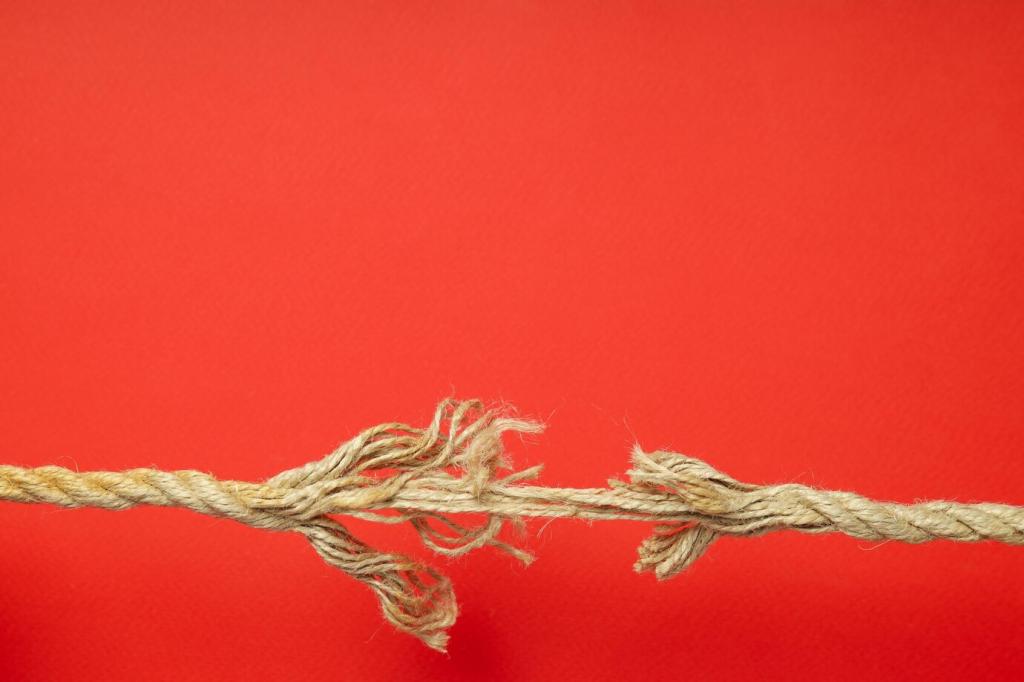
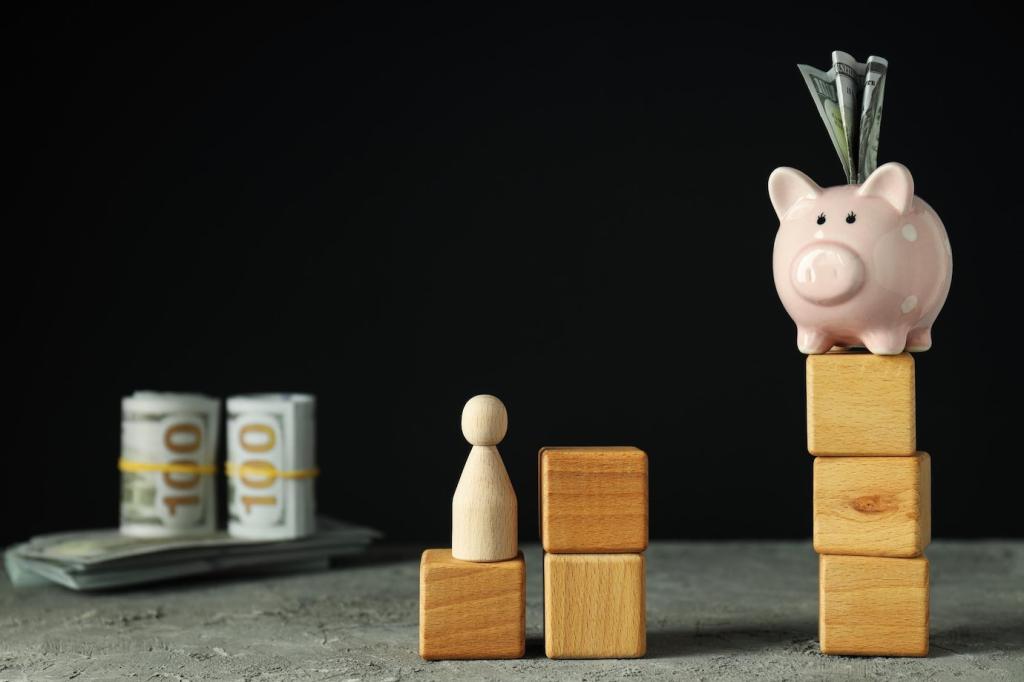
Safety Nets: Emergency Funds and Insurance
Right-Size Your Emergency Fund
Aim for three to six months of essential expenses; consider nine to twelve if self-employed or with dependents. Revisit the number annually. A reader, Maya, slept better after reaching four months—then negotiated a raise because she was no longer negotiating from panic.
Insurance as a Pillar, Not an Afterthought
Health, disability, renters or homeowners, and term life coverage protect the plan for pennies on the dollar compared to worst-case losses. Review deductibles, beneficiaries, and elimination periods. Ask in the comments if you are unsure which coverage most secures your sustainable plan today.
Where to Park the Cash
Keep emergency funds in a high-yield savings account for liquidity and minimal volatility. Avoid tying it up in long CDs or market risk. Separate it from everyday checking so it feels sacred, not spendable, while remaining instantly accessible when life throws a curveball.
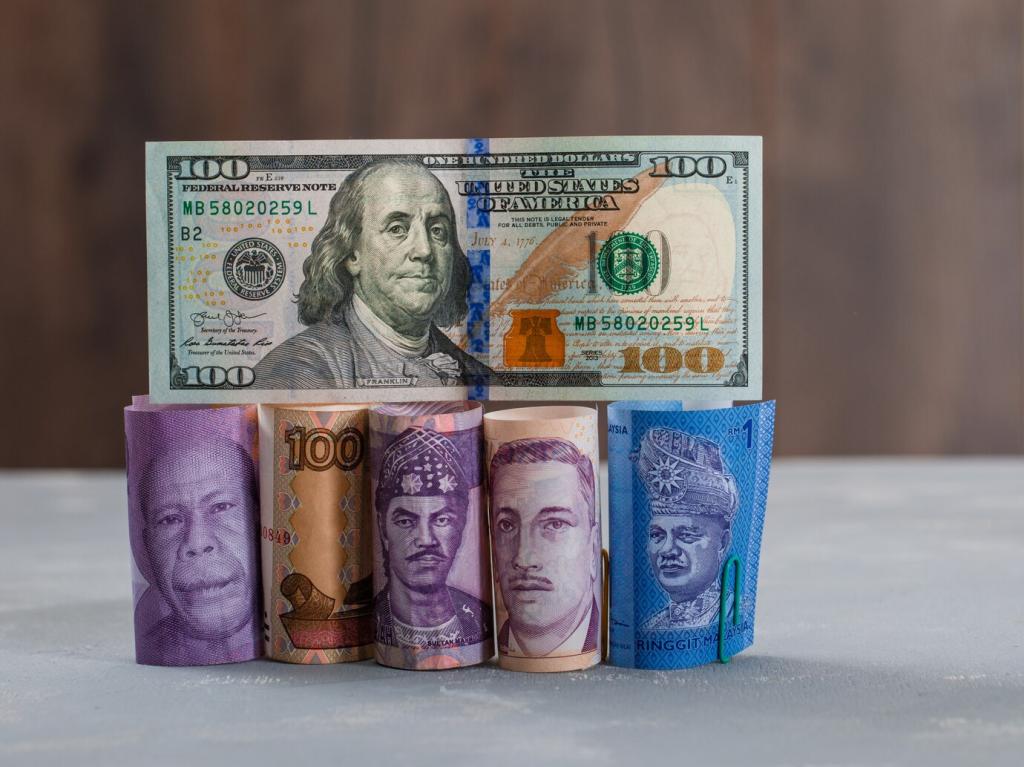
Let time horizon and goal purpose guide your mix of stocks, bonds, and cash. Rebalance on a schedule, not on headlines. This turns market noise into navigation, keeping your sustainable financial plan steady and purposeful through both rallies and recessions.
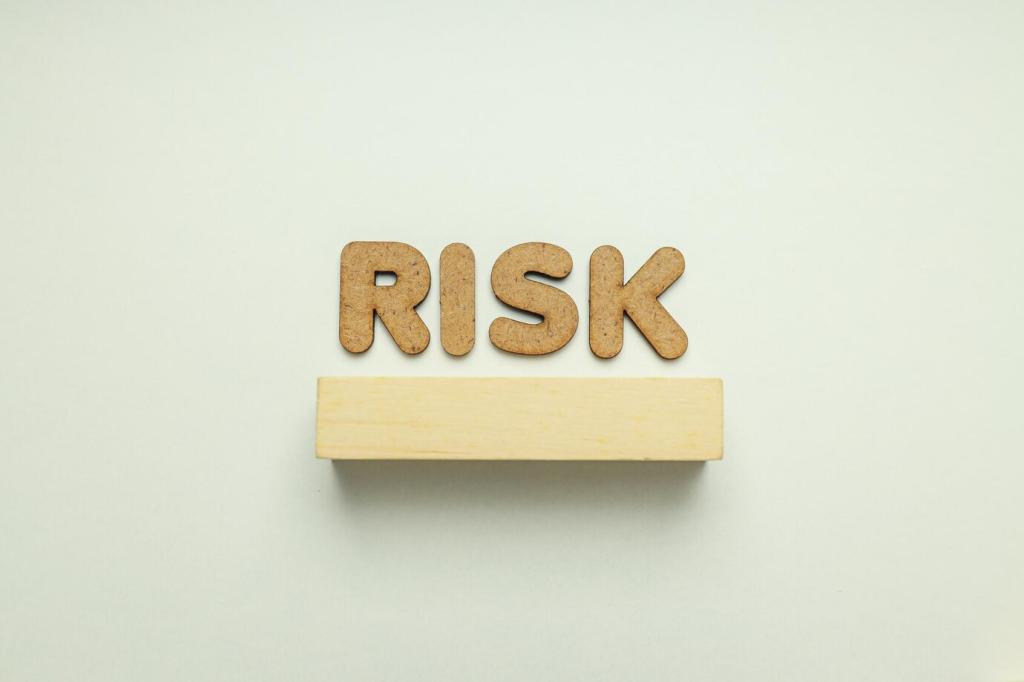
Fees quietly erode returns. A one percent annual fee can reduce lifetime outcomes dramatically. Favor diversified index funds and transparent costs. Over decades, the saved expense ratio can rival an extra contribution—an easy, durable win for long-term sustainability.

Dollar-cost averaging harnesses consistency when emotions run hot. One subscriber kept contributing through a scary downturn and later credited that habit for their strongest gains. Keep showing up; your plan’s rhythm is more powerful than perfect timing.
Debt That Supports Your Future
List balances, APRs, and minimums. Use the avalanche method to minimize interest or the snowball for motivational wins. Either works if you stay consistent. Share which approach fits your temperament so others can learn from your sustainable strategy.
Income Resilience and Career Capital
Invest in Skills with High ROI
Prioritize certifications, training, or projects that tangibly increase earnings or open new roles. Small, targeted learning sprints can reset your trajectory. Comment with one course or capability you will pursue this quarter to reinforce your plan’s durability.
Build Optionality with Side Income
Test a modest, values-aligned side stream—consulting, tutoring, or digital products. Keep start-up costs tiny and learning high. Even a few hundred a month boosts savings rates, funding goals faster without straining your core lifestyle or sustainability.
Networks as an Insurance Policy
Nurture professional relationships before you need them. Schedule monthly reach-outs and share useful ideas, not just requests. When layoffs hit my friend Leo’s team, his thoughtful networking landed interviews within days, preserving his savings plan and confidence.
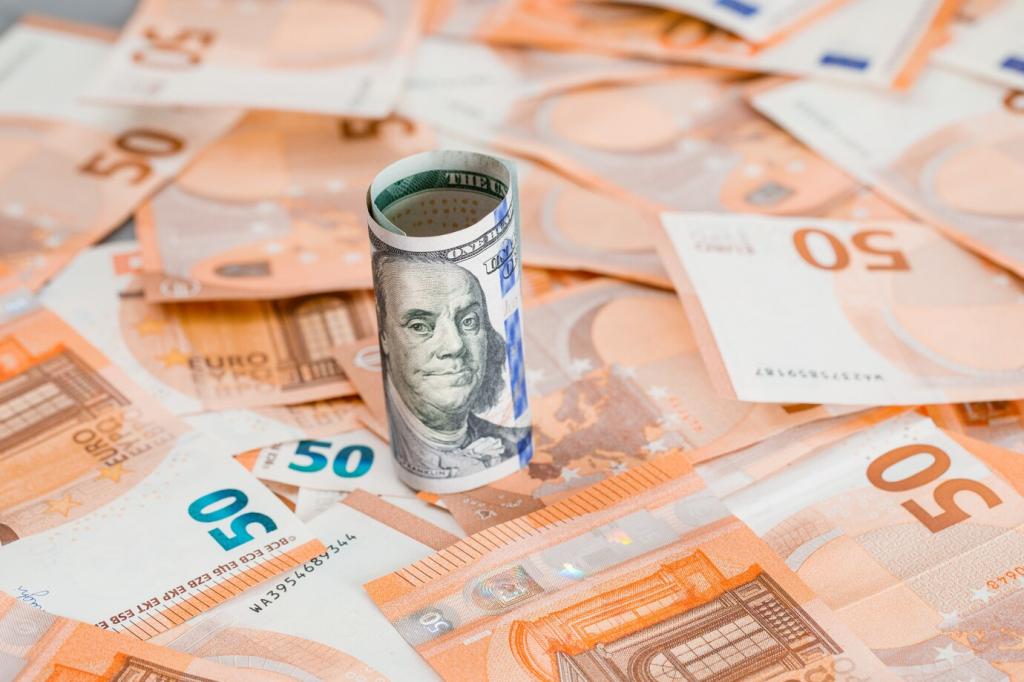

Behavioral Guardrails and Review Rhythms
Automate transfers, cap app spending with limits, and remove stored cards from impulse-prone sites. Defaults keep your best intentions intact. Sustainable plans are less about heroic discipline and more about smart rails that make the right choice the easy one.
Behavioral Guardrails and Review Rhythms
Set recurring ninety-minute reviews: update net worth, rebalance, adjust sinking funds, and celebrate progress. Bring your partner if shared goals apply. Subscribe for our agenda template, and tell us what ritual helps you stay consistent when life gets busy.
Home, Family, and Education
Model down payments, childcare shifts, or education savings well ahead of deadlines. Use sinking funds and timeline-based buckets. Sustainable plans convert big, intimidating goals into patient, monthly steps that lower stress and increase confidence for the whole household.
Retirement as a Phase, Not a Date
Think in stages: accumulation, transition, and distribution. Maintain a conservative withdrawal rate, build an adequate cash buffer, and align investments with spending horizons. Share your earliest retirement habit; tiny actions today compound into outsized freedom later.
Make Room for the Unexpected
Job changes, illness, or caregiving can reset priorities. Keep a flexible plan with options: portable benefits, diversified income, and adjustable savings rates. Tell us the contingency you will add this month to strengthen your plan’s resilience under pressure.
